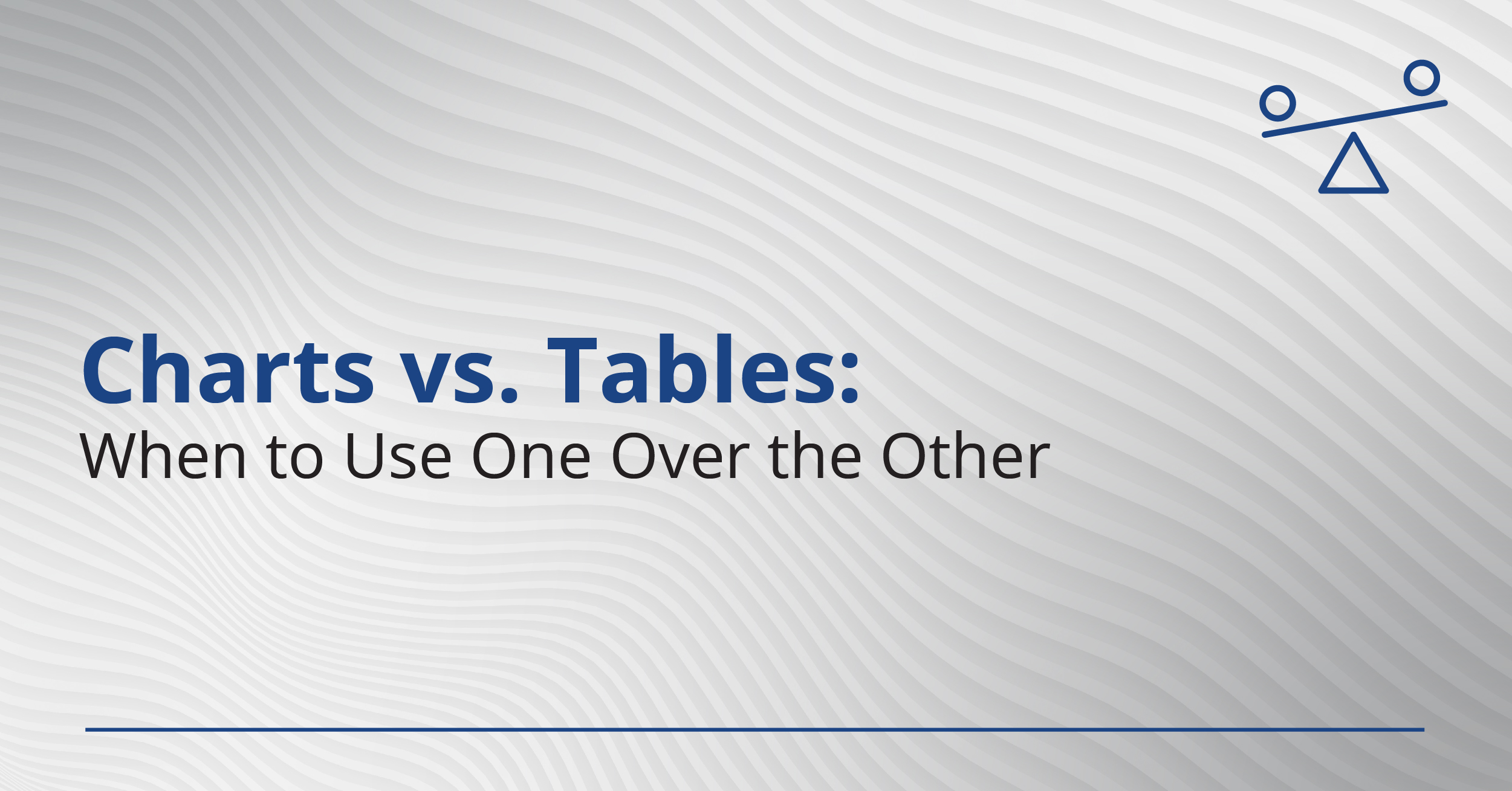Charts vs. Tables: When to Use One Over the Other

Recent Blog Posts
Data visualization is an important aspect of data analysis that helps businesses understand and present data in a clear and concise manner. A data analytics platform, such as retailMetrix, can help businesses collect, integrate, and analyze data from various sources and create visualizations to communicate insights. Charts are visual representations of data that use graphical elements, such as bars, lines, and points, to display data. Tables are structured grids that display data in rows and columns. When to use charts, it is important to visualize trends or patterns in the data, compare data points over time or between groups, and have limited space to display the data.
To choose the right visualization, consider the type of data you are working with and the message you want to convey. RetailMetrix's data visualization capabilities allow businesses to create a range of visualizations, including charts and tables, to communicate insights effectively.
- Charts: Charts are visual representations of data that use graphical elements such as bars, lines, and points to display data. They are effective at communicating trends, patterns, and comparisons over time or between groups. When to use charts is when you want to visualize trends or patterns in the data, compare data points over time, or have limited space to display the data.
- Charts are used to visualize trends or patterns in data
- Compare data points over time
- Display data when limited space is available
- Tables: Tables are structured grids that display data in rows and columns, but can be difficult to interpret if there are too many rows or columns. When to use tables.
- When you wish to present a lot of facts in a structured way
- When you must exhibit facts that a chart cannot properly depict
- When you want to make it possible for users to sort or filter data in various ways
- Choosing the right visualization: The type of data you are working with and the message you want to express should be taken into account while choosing the appropriate display. Businesses may generate a variety of visualizations, including charts and tables, to effectively communicate findings thanks to RetailMetrix's data visualization capabilities.
To summarize, charts and tables are two different types of data visualizations that can be used to communicate insights and drive business growth. A data analytics platform such as retailMetrix can help businesses collect, integrate, and analyze data from various sources and create visualizations to communicate insights effectively.
-1.png?width=2600&height=450&name=RetailMetrixLogo%20(1)-1.png)
